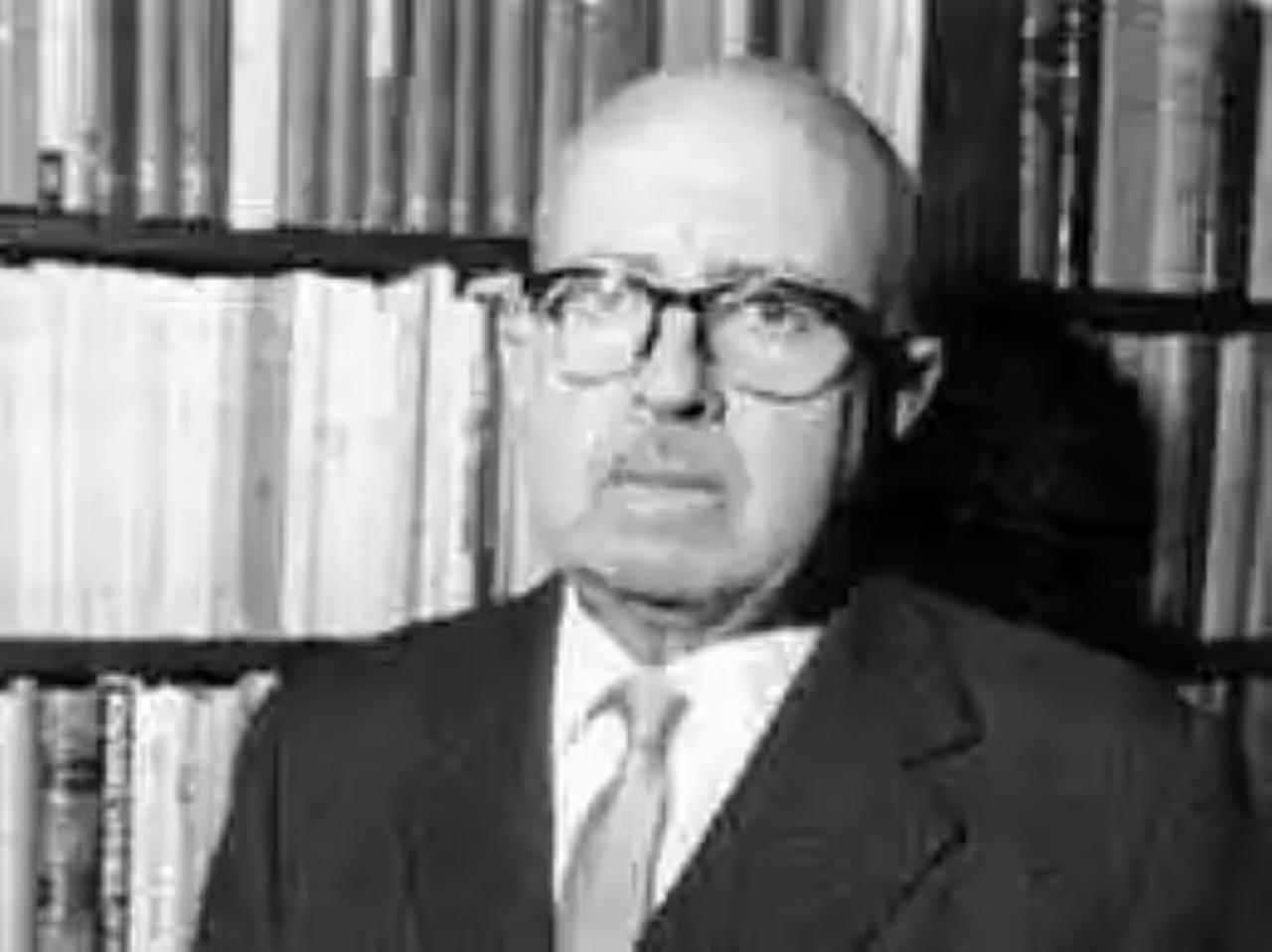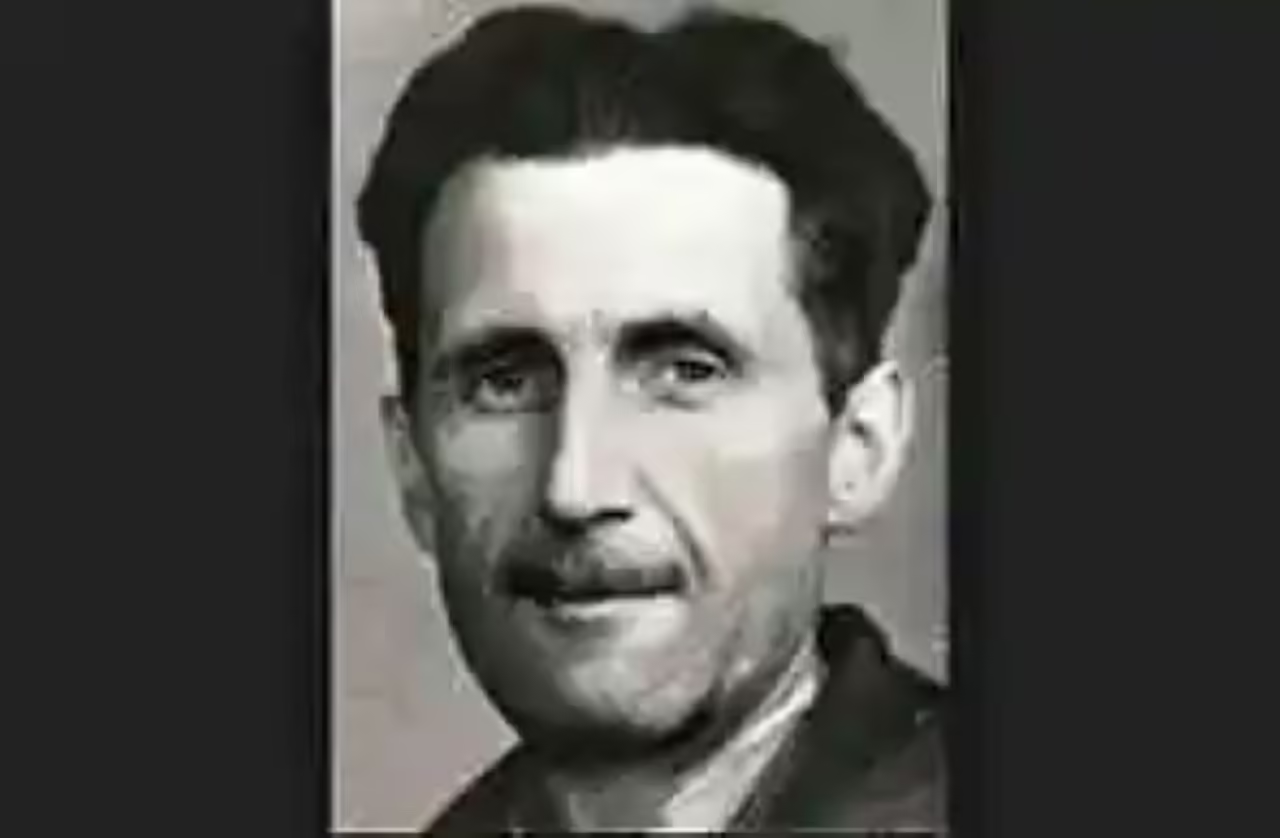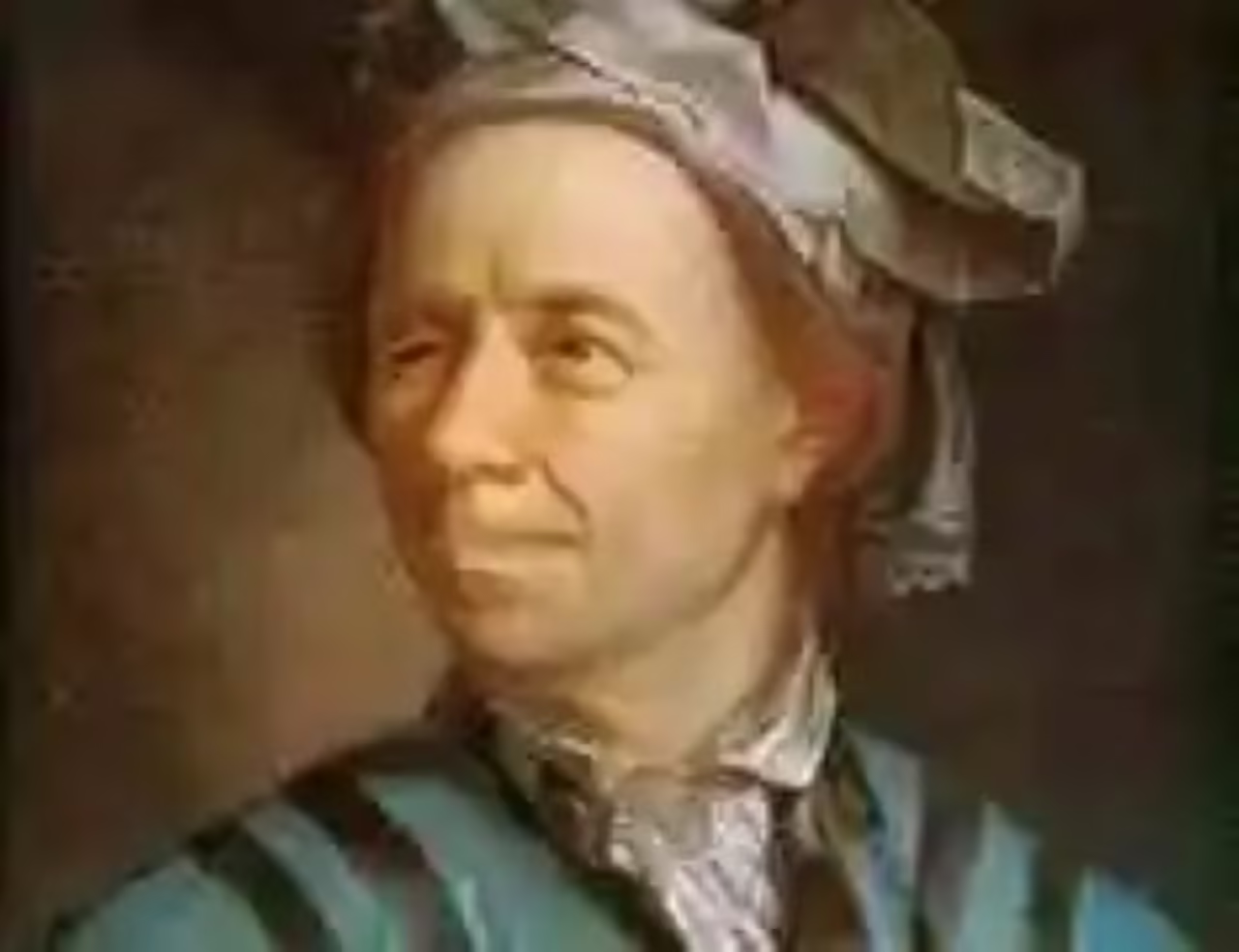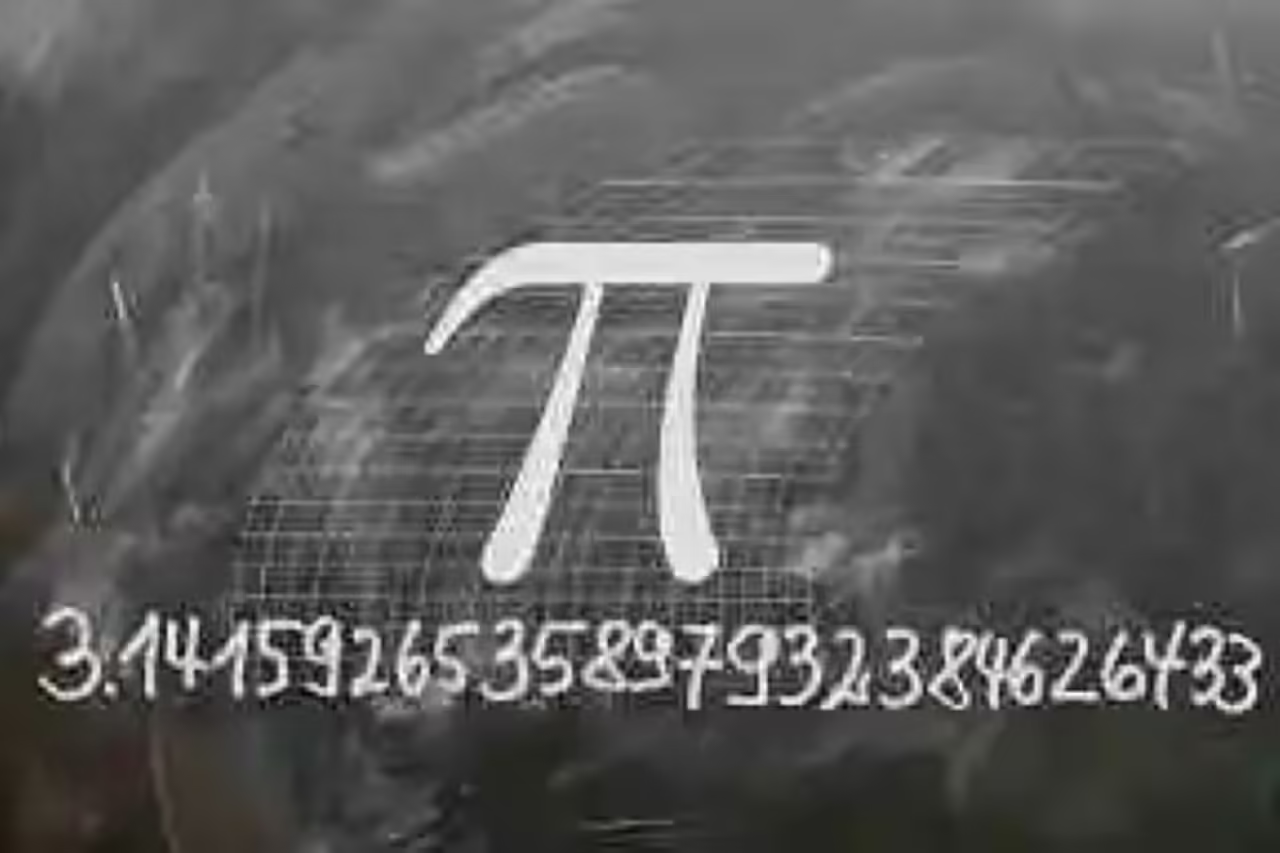Dámaso Alonso y Fernández de las Redondas (Madrid, Spain, October 22, 1898 – Ibid., October 25, 1990).
Better known simply as Dámaso Alonso, he was an Intellectual, Critical, Philologist, Essayist and Poet of Spanish origin, belonging to the Generation of 27. He also became Director Royal Spanish Academy, as well as the Royal Academy of History.
His career was recognized with several awards, among which are the 1927 National Prize for Literature and the Miguel de Cervantes Prize, with which he was awarded in 1978.
Early life
Dámaso Alonso was born on October 22, 1898, in Madrid, Spain, to the marriage between the Engineer of Mines, Dámaso Alonso and Alonso, and his wife Petra Fernández de las Redondas Díaz. His first years of life were spent in the town of La Felguera, located in Asturias, where he also studied.
Her secondary school was at the prestigious Jesuit school in Chamartín, in Madrid. When the time came to choose a college career, his father hoped that Dámaso would receive him as an Engineer. However, the elf of poetry had already touched this young man.
In this way, his steps were directed to the Central University of Madrid, where he studied and graduated in law careers, as well as in Philosophy and Letters.
Generation 27
During this time, Dámaso Alonso participated in the activities carried out by the young people of the Student Residence, where he had the opportunity to share with intellectuals, artists and poets such as Salvador Dalí, Luis Cernuda, Luis Buñuel, Rafael Alberti, Federico García Lorca, among others, with whom they will organize the homage to the greatest poet of the Spanish Golden Age, Luis de Góngora, activity that would give rise to Generation of the 27.
Also, in 1927, he won the National Prize for Literature. He also had the opportunity to train at the Center for Historical Studies, which at that time was led by Ramón Menéndez Pidal. In 1929, he married Eulalia Galvarriato, who was also a writer.
Post-war years
He also taught, teaching for two years at Oxford University. In 1933, he held the Chair of Spanish Language and Literature of the University of Valencia. During the early years of the Spanish Civil War he took refuge with other intellectuals in the Residence of Students, before leaving for Valencia, where he remained the rest of the conflict, collaboratingwith the magazine Hour of Spain.
At the end of the war, he obtained purification, and from 1941 he served as professor of Romanesque Philology at the University of Madrid, while also attending as a visiting professor at several prestigious universities in the United States. It also became part of the first generation of postwar poets.
Academic career and final years
His academic career also led him to occupy important positions. From 1948 he was appointed as Academic of the Royal Spanish Academy, occupying the seat of the letter D, where he succeeded Miguel Asín Palacios. It also became the leadership of this Institution in 1968, thus occupying the place of Ramón Menéndez Pidal.
During his tenure, he worked to achieve a unitary vision of Spanish, spoken on the Peninsula and in each country of America, in order to preserve his unity as a language, above any nationalist idiom. In this sense, his pan-Hispanic vision focused on the unity of Spanish, beyond their regional differences.
In 1959 he was also elected Director of the Royal Academy of History. Also, in 1978, he was awarded the Miguel de Cervantes Prize. Finally, on 25 October 1990, he died at his home in Madrid at the age of ninety-two.
Main works and contributions
The beginnings as Poeta de Dámaso Alonso go back to 1921, with the writing of his book Poemas Puros, and poemillas de la ciudad, where a group of youth poems meets, where according to critics can be identified clear traces of modernism, as well as the influence of the poet Juan Ramón Jiménez.
A few years later, he sees the light of his work Sons of Wrath (1944) which – according to the scholars of his poetics – is pierced by a cry of pain and anguish towards the horror of the world, accompanied by a great feeling of self-pity, seeing in God the only possibility of re denial.
In this way, Alonso’s poetry would evolve from Pure Poetry to Existentialist, eventually reaching an uprooted poetry. Within his poetic work you can also find the books Dark News (1944), Man and God (1955), Gozos de la vista (1981), Doubts and Love about the Supreme Being (1985), as well as several anthologies and selections published in different journals.
Likewise, Dámaso Alonso developed as a Philologist, where he excelled mainly in the area of Stylistics.In this sense his work on the poetry of Luis de Góngora constitutes one of his great contributions to literary criticism, among which are the publications of Gongorinos Themes and the edition of Soledades (1927), The Poetic Language of Góngora (1950) and Studies and Essays gongorinos (1955).
Also, in the field of Criticism you can count his works Traditional Poetry (1949) where he focuses specifically on the jarchas; Poetry (1940) and Tragicomedia de Don Duardos (1942) in which he analyses the poetics of Gil Vicente. Likewise, Dámaso Alonso studies and publishes his work on The Poetry of San Juan de La Cruz (1942).
Also found are his works Essay of Spanish Poetry (1945), Spanish Poetry (1950), Six Coves in spanish Literary Expression (1951), Contemporary Spanish Poets (1952) and Spanish Poetry: Method Essay and Stylistic Limits (1950). Works to which he is joined as editor of important works.
Image source: laprovincia.es








